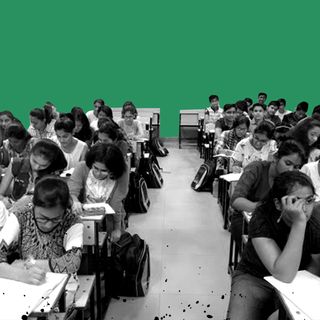Two-thirds of rural Indians cannot afford a nutritious meal, according to a paper from the International Food Policy Research Institute. This news comes right after India ranked 94th among 107 countries in the 2020 Global Hunger Index. “Malnutrition is endemic in India,” the paper states.
The study calculates that around 45% of the Indian rural population (387.5 million people) wouldn’t be able to afford a nutritious diet, even if they spent all of their income on food. This number jumps to around 64% (551 million) when accounting for people who set aside some money to fulfill non-food expenses.
“Since many poor households have significant numbers of dependents and substantial non-food expenditure requirements, it follows that nutritious diets are often highly unaffordable for the rural poor,” states the paper.
Related on The Swaddle:
Between Unpaid Agricultural, Domestic Labor, Women Lack Time, Energy to Feed Children
The paper examined data from the 2001 to 2011 National Sample Survey to understand the affordability of India-specific dietary recommendations based on the wages earned by unskilled male and female wage laborers. The guidelines for dietary recommendations came from the National Institute of Nutrition’s 2011 guidelines, which are used to design national nutrition policies. The data regarding wages was also taken from 2001 and 2011, and the Mahatma Gandhi National Rural Employment Guarantee Act (MGNREGA) was used for data about minimum wages. The authors used 2001-2011 data as no expenditure and consumption survey occurred post-2011.
Currently, India uses Consumer Price Indices (CPIs) to measure food costs. However, the paper states, “In poor countries such as India, CPIs are heavily weighted towards nutrient-sparse starchy staples, meaning that trends in the food CPI can be misleading from a nutritional standpoint.” In comparison, according to researchers, calculating the minimum cost of a recommended diet can give better insights into nutrition and poverty in rural regions. To tackle the widespread malnutrition problem, the researchers recommend policy changes involving monitoring dietary costs and affordability on a more timely, regular basis.
According to the study’s authors, “These numbers are somewhat speculative, but they do reveal the scale of the dietary affordability problem in rural India: nutritious diets are too expensive, and incomes far too low.”




